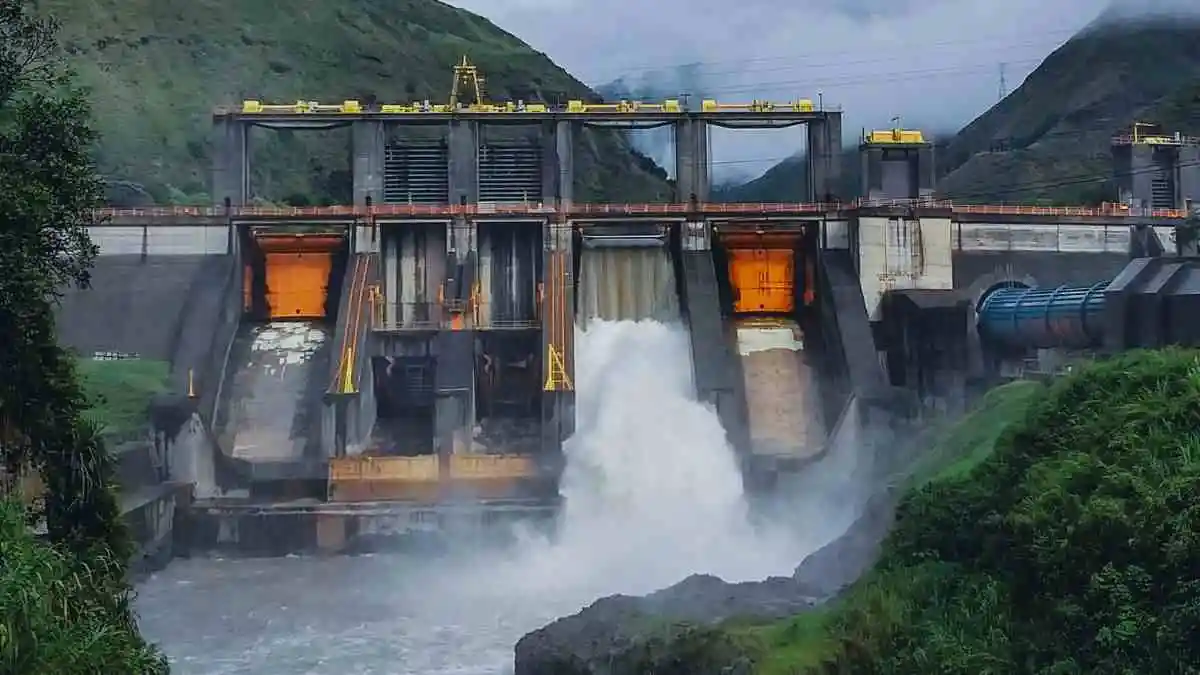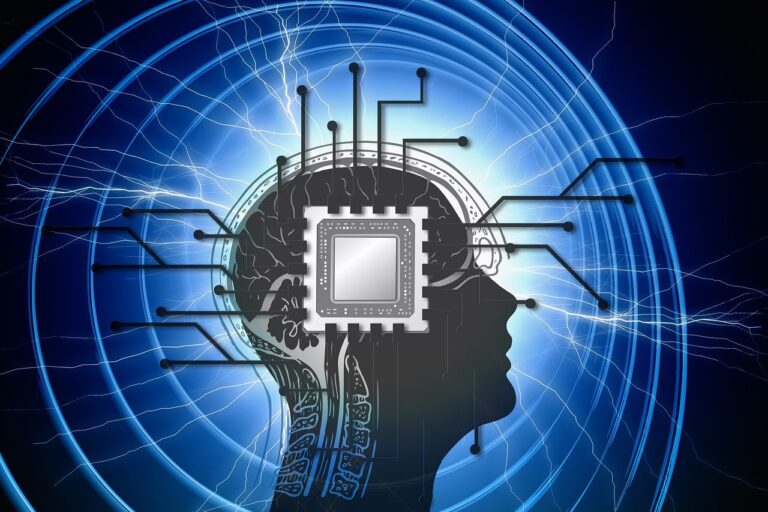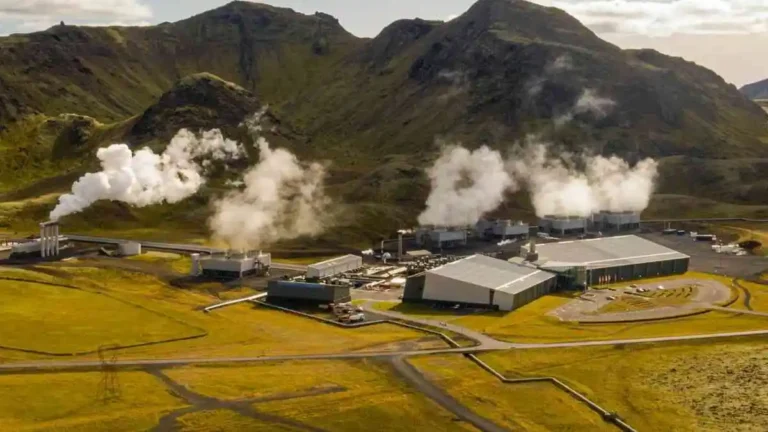Hydroelectric power is a renewable energy source that has been used for centuries to generate electricity. Also referred to as hydropower, it’s a sustainable method that capitalizes on the kinetic energy of moving water to produce clean electricity. This article delves into the complexity of hydroelectric power, highlighting its working, benefits, and environmental impact.
What Is Hydroelectric Power?
It is a method of generating electricity by utilizing the force of flowing water. The energy generated is harnessed from the movement of water downstream, which possesses kinetic energy due to its natural flow. This kinetic energy is converted into mechanical energy, and ultimately, electrical energy through the use of turbines and generators.
Tapping into Nature’s Flow
Hydroelectric power plants are strategically constructed near rivers, waterfalls, or dams, where water has a substantial flow. The flowing water is channeled through large pipes or tunnels towards the turbines. As the water strikes the turbine blades, it causes them to spin. This rotational movement converts the kinetic energy of water into mechanical energy.
Also Read: What Is The Importance Of Solar Energy In 2023?
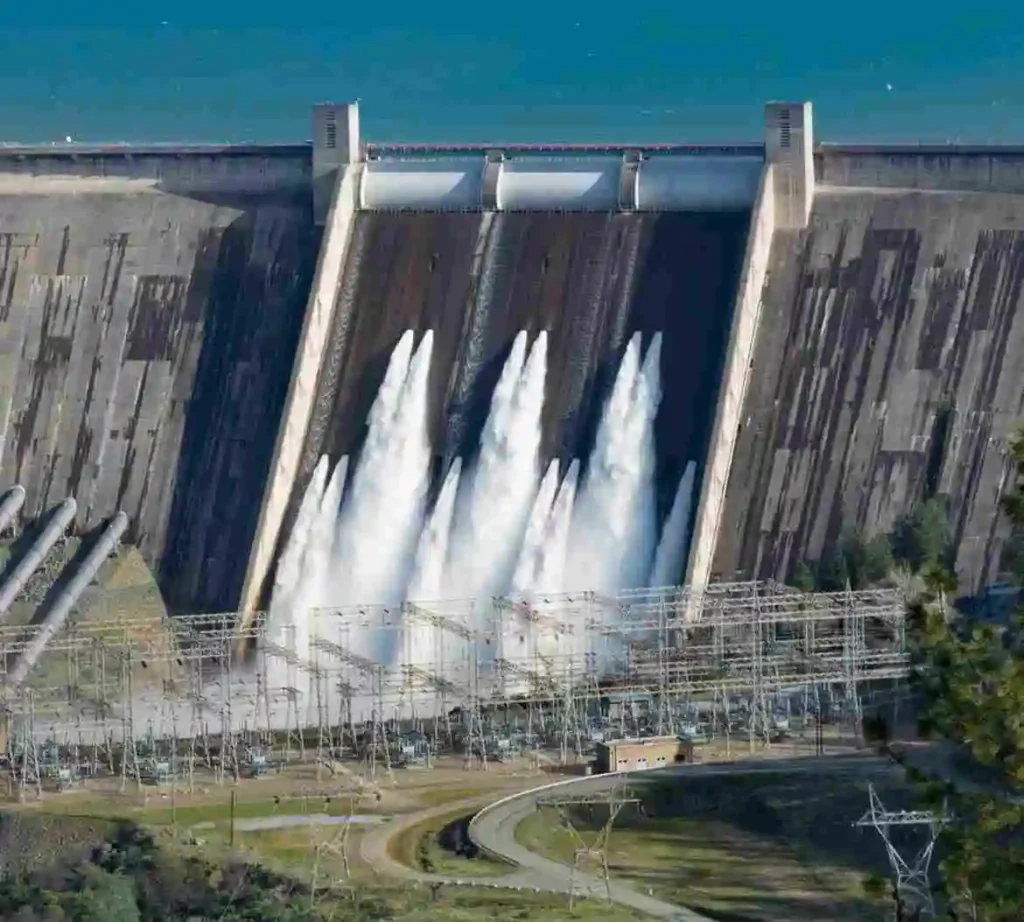
The Inner Workings of Turbines and Generators
Turbines: The Heart of Hydroelectric Power
Turbines are central to hydroelectric power generation. They come in various designs, with each type optimized for specific water flow rates and pressure. The force of water striking the turbine blades causes them to rotate, setting the entire turbine assembly into motion.
Generators: Transforming Mechanical Energy into Electricity
The turbines’ rotational energy is then transmitted to generators, where it gets converted into electricity. Generators consist of coils of wire within a magnetic field. As the turbine spins the generator’s rotor, it induces an electric current in the coils through electromagnetic induction, producing usable electricity.
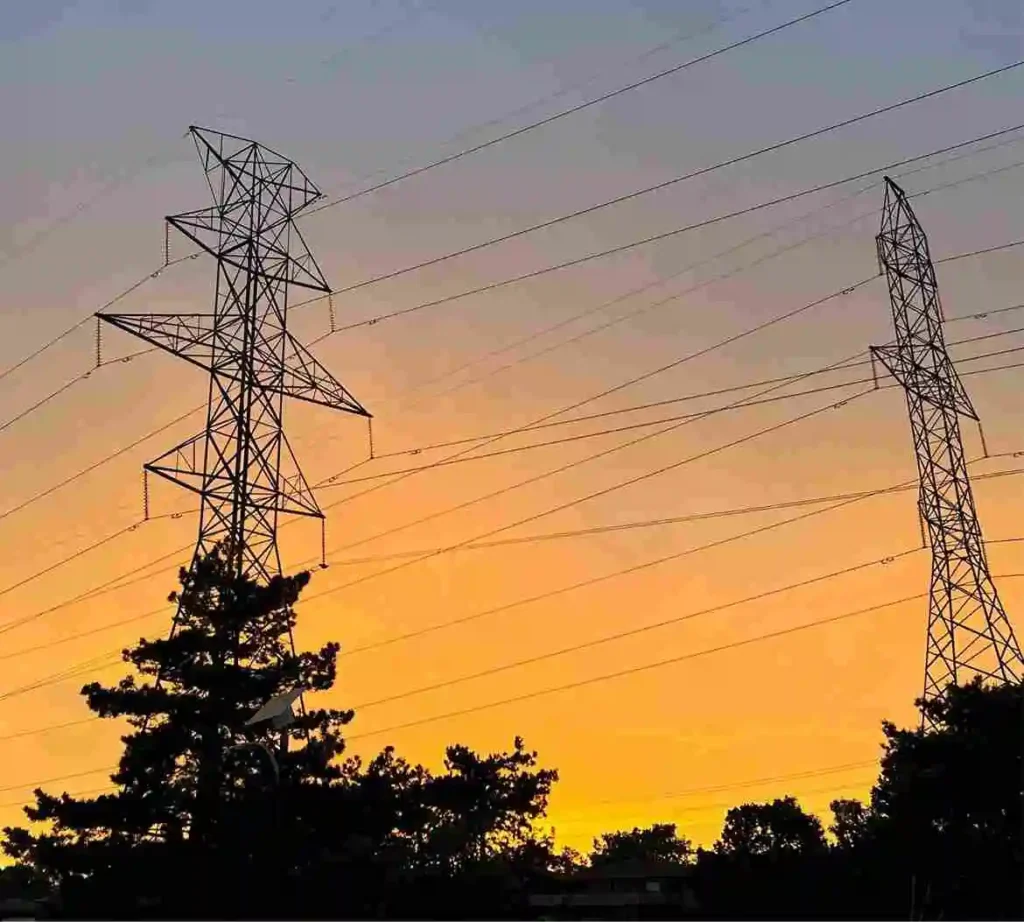
Advantages of Hydroelectric Power
Harnessing the power of water offers numerous advantages:
- Renewable Source: Water is a naturally replenishing resource, ensuring a continuous energy supply.
- Clean Energy: It generates electricity without emitting harmful pollutants or greenhouse gases, contributing to cleaner air and a healthier environment.
- Versatile: Hydroelectric power can be produced on various scales, from large dams to smaller installations, making it adaptable to different energy needs.
- Storage Capacity: Some hydroelectric plants can act as energy storage systems by pumping water back into reservoirs during times of low demand, then releasing it for generation during peak demand.
Also Read: What Are The Advantages Of Wind Energy?
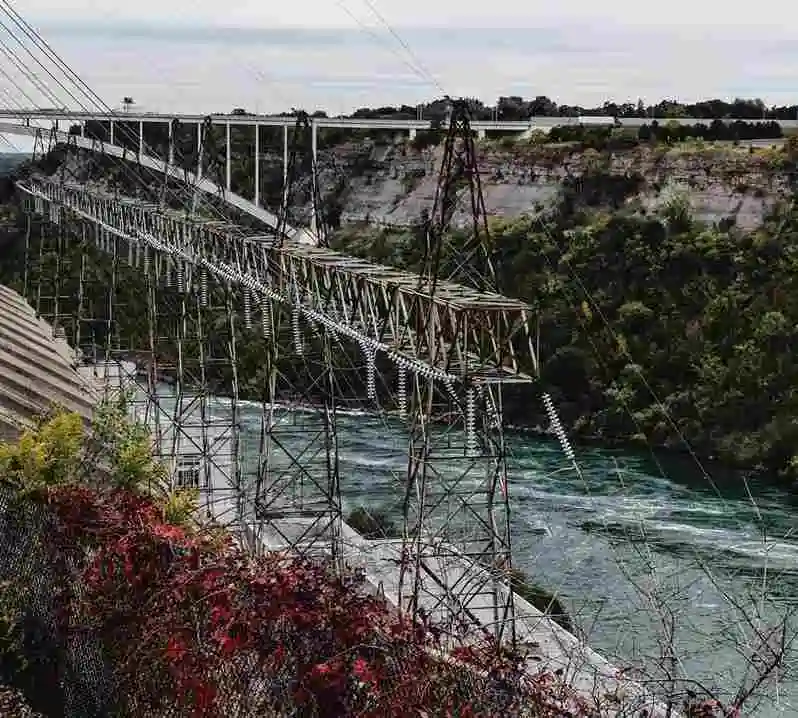
Environmental Impact
Hydroelectric power is generally considered environmentally friendly, but it’s essential to consider potential impacts:
- Ecosystem Disruption: Dam construction can alter aquatic ecosystems, affecting fish migration and habitats.
- Sediment Buildup: Dams can cause sediment accumulation, impacting downstream habitats and water quality.
- Methane Emission: In some cases, submerged vegetation can decompose in reservoirs, releasing methane-a potent greenhouse gas.
Also Read: What Are Geothermal Power Plants?
Conclusion
Hydroelectric power is a monument to the ability of humanity to harness natural forces for long-term energy production. Through the ingenious use of flowing water, we have unlocked a powerful, clean, and efficient source of electricity. While it has several advantages, It is critical to examine the environmental impact and aim for responsible growth that balances our energy demands with natural ecosystem preservation.
FAQs
Is hydroelectric power a sustainable energy source?
Yes, It is sustainable as it relies on the perpetual water cycle.
Can small-scale hydroelectric systems be installed in homes?
Yes, micro-hydro systems are designed for residential use, harnessing local water sources to generate electricity.
What’s the biggest hydroelectric power plant in the world?
The Three Gorges Dam in China holds the title of the largest plant.

